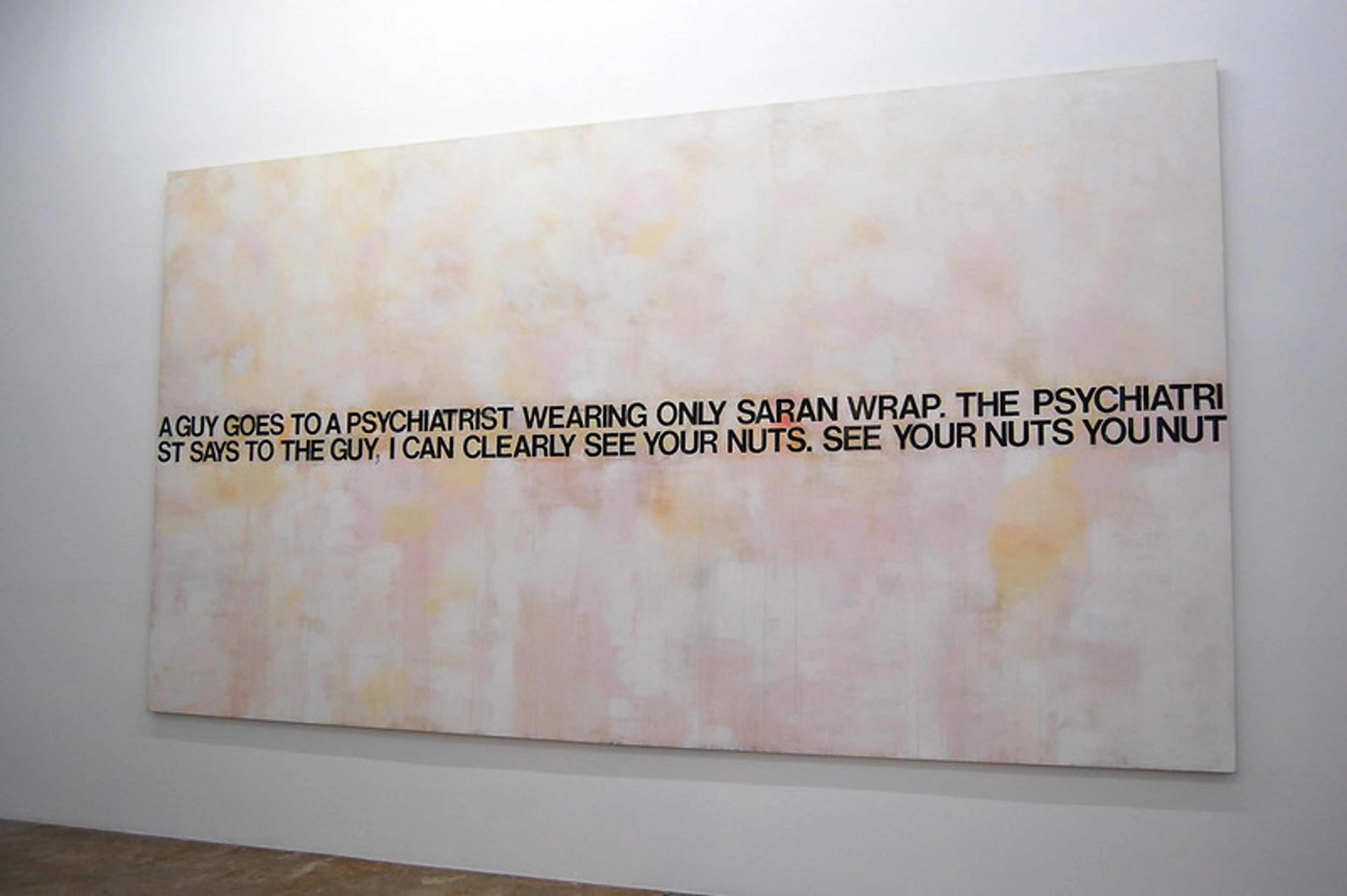
# The Ever-Shifting Canvas: Navigating 21st-Century Art Movements
Dive deep into the dynamic world of 21st-century art movements, from digital and AI art to evolving street art and new forms of conceptualism. Explore the defining trends, key artists, and future directions through a personal, engaging lens.
The Ever-Shifting Canvas: Navigating 21st-Century Art Movements
You know, sometimes I feel like the art world is moving at warp speed. One minute we're grappling with the enduring legacy of Abstract Expressionism or trying to figure out if Pop Art truly democratized art, the next we're talking about algorithms painting masterpieces and digital tokens as artworks. It's a lot, right? But that's the beauty of the 21st century—it's wild, unpredictable, and utterly fascinating. As an artist myself, deeply immersed in the vibrant, often abstract world I create, I find myself constantly looking at what's bubbling up, what new waves are forming. So, grab a cup of coffee, let's dive into the art movements that are defining our current moment. And trust me, it’s far more than just looking at pretty pictures; it’s about understanding the pulse of our time.
The Digital Revolution and Art: From Pixels to Blockchain
The biggest, most undeniable shift in the 21st century, in almost every aspect of life, has been the digital one. Art, naturally, couldn't sit that out. Suddenly, the canvas isn't just linen or wood; it's a screen, a server, or even a blockchain. It’s wild to think about, really.
Post-Internet Art: Living Online
Remember when the internet was still this shiny, new thing? Well, Post-Internet Art is essentially art made after the internet became fully integrated into our daily lives. It's not just art on the internet; it's art that deeply engages with digital culture, information overload, social media, and our online identities. It often uses appropriation, remixing, and a sense of irony to reflect our hyper-connected, often chaotic digital existence. It makes you think about how we perceive authenticity and value in a world of endless replication. I mean, how many times have you scrolled past something online and felt that specific blend of fascination and exhaustion? That's the feeling this art taps into.
AI Art and Generative Creations: Code as Canvas
This one truly blows my mind, and honestly, sometimes it makes me a little jealous. We're talking about art where the primary creator isn't a human hand, but a sophisticated algorithm. AI Art and Generative Art involve artists writing code or using AI programs to produce images, music, or even sculptures. The artist becomes more of a curator or a director, setting parameters and letting the machine do its thing. It pushes the boundaries of what we consider creativity and authorship. Can a machine truly be an artist? I don't know, but the results can be stunningly complex and beautiful.
NFTs: Ownership in the Digital Wild West
And then, there are NFTs, or Non-Fungible Tokens. Oh, the debates I've heard! For a while, it felt like everyone and their grandma was talking about them. In essence, NFTs allow for unique digital ownership of art (or anything, really) using blockchain technology. While the concept of digital art has been around for ages, NFTs brought a new economic model, creating scarcity and value for purely digital creations. It’s controversial, exhilarating, and has brought a whole new set of collectors and artists into the fold. It's still early days, and frankly, it feels a bit like the Wild West, but it’s definitely a movement shaping the conversation around digital permanence and value.
Key Characteristics of Digital & New Media Art
It's interesting how these modern movements build upon earlier ideas. For instance, the systematic approach in generative art sometimes reminds me of the structured exploration you'd see in Minimalism, but with a digital twist. And the way digital artists recontextualize images? Pure Dadaism meets the internet.
Characteristic | Description | Precursor Connections | Current Impact | Images to Consider |
|---|---|---|---|---|
| Immateriality/Digitality | Art often exists primarily as digital files, code, or data streams, rather than physical objects. | Conceptual Art (ideas over objects), Performance Art (ephemeral nature). | Broadens access to art, challenges traditional notions of display and collection. | https://images.zenmuseum.com/art/675/picture.jpg (surreal, abstract, vibrant) |
| Interactivity/Participation | Viewers often engage with the artwork, influencing its outcome or experience. | Happenings (1960s), Installation Art (viewer immersion). | Creates dynamic, personal experiences; blurs lines between artist and audience. | https://images.zenmuseum.com/art/561/picture.jpg (psychedelic, abstract, journey) |
| Networked/Global Reach | Easily shareable and accessible across geographical boundaries, often referencing or relying on global networks. | Fluxus (global network of artists), Mail Art (international correspondence). | Fosters a global art dialogue; rapid dissemination of trends and ideas. | https://images.zenmuseum.com/page/artists/christopher-wool/b18c02f0-3dea-11f0-9c16-61d1b5454fa1.jpg (repetitive pattern, abstract) |
| Algorithmic/Generative | Utilizes computer algorithms to create or transform art, sometimes with elements of randomness or machine learning. | Systemic Art (rule-based creation), Op Art (geometric patterns). | Explores human-machine collaboration; pushes definitions of authorship and creativity. | https://images.zenmuseum.com/page/artists/gerhard-richter/2504b6f0-3ea4-11f0-8243-25f66b9ceacd.jpg (abstract streaks) |
| Appropriation/Remix Culture | Reuses, recontextualizes, and transforms existing images, texts, or media from the vast digital landscape. | Pop Art (commercial imagery), Pictures Generation (media critique). | Challenges notions of originality; critiques consumerism and media saturation. | https://images.zenmuseum.com/page/artists/richard-prince/4176344969_3bfd697535_c.jpg (joke painting, text art) |
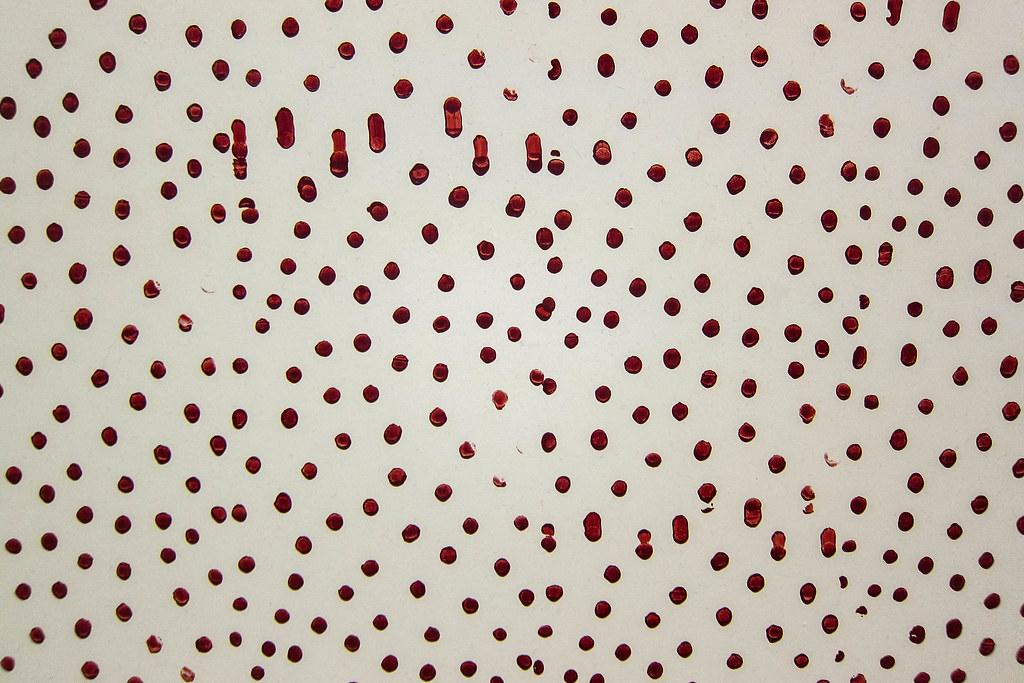 | ||||
| credit, licence | ||||
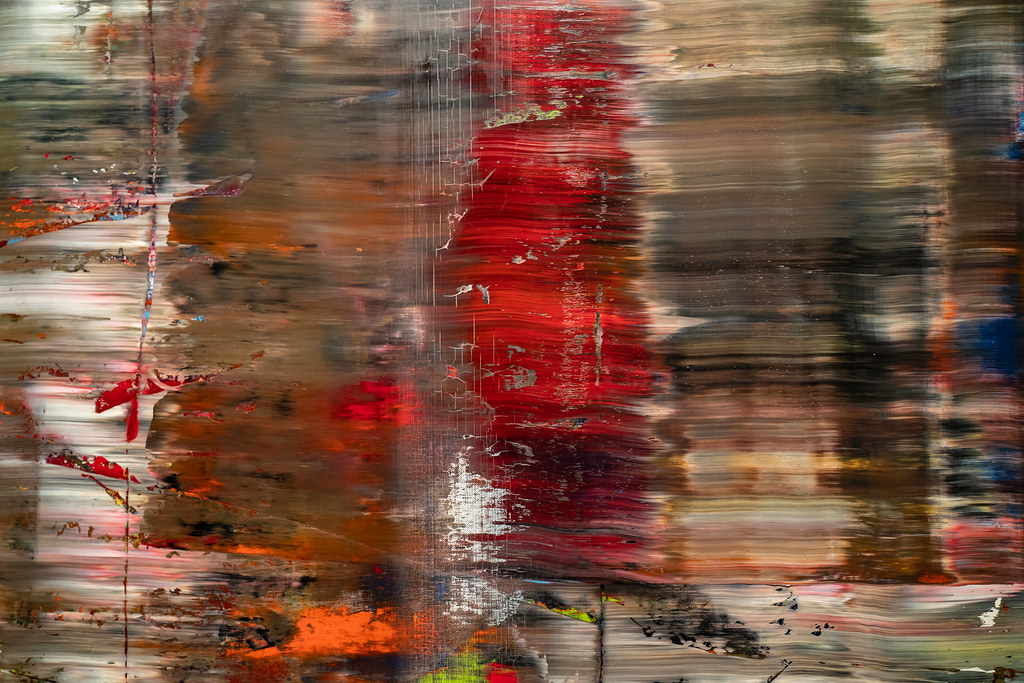 | ||||
| credit, licence |
Beyond the Walls: The Evolving Street and Urban Art Scene
Street art, or what some call urban art or neo-graffiti, definitely isn't new. But in the 21st century, it's matured, gone global, and perhaps controversially, found its way into prestigious galleries and auction houses. Remember when it was just seen as vandalism? Now, it's a recognized, highly collectible force. This shift is huge.
From Subversion to Stardom: The Banksy Effect and Beyond
You can't talk about 21st-century street art without acknowledging the enigma that is Banksy. His witty, often politically charged stencil art catapulted street art into the mainstream consciousness, challenging ideas of public space, ownership, and artistic value. But it's not just Banksy. Artists like Shepard Fairey (I remember his 'Hope' poster during the Obama campaign, it was everywhere!) and Invader (with his mosaic pixel art) have shown the incredible versatility and impact of art outside traditional institutions. It's still subversion, but now it's often subversion with a gallery show on the side. I often wonder what my art would look like if I brought it to the streets. I’m quite the studio hermit myself!
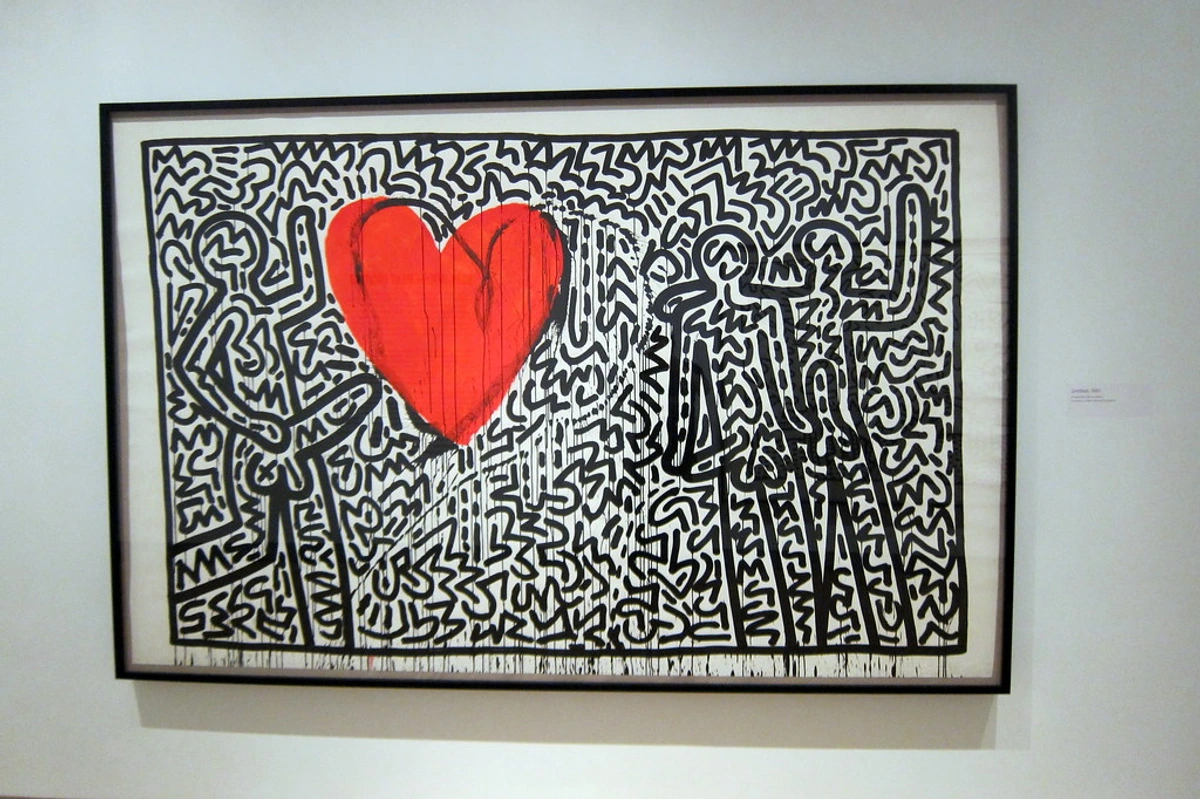 credit, licence
credit, licence
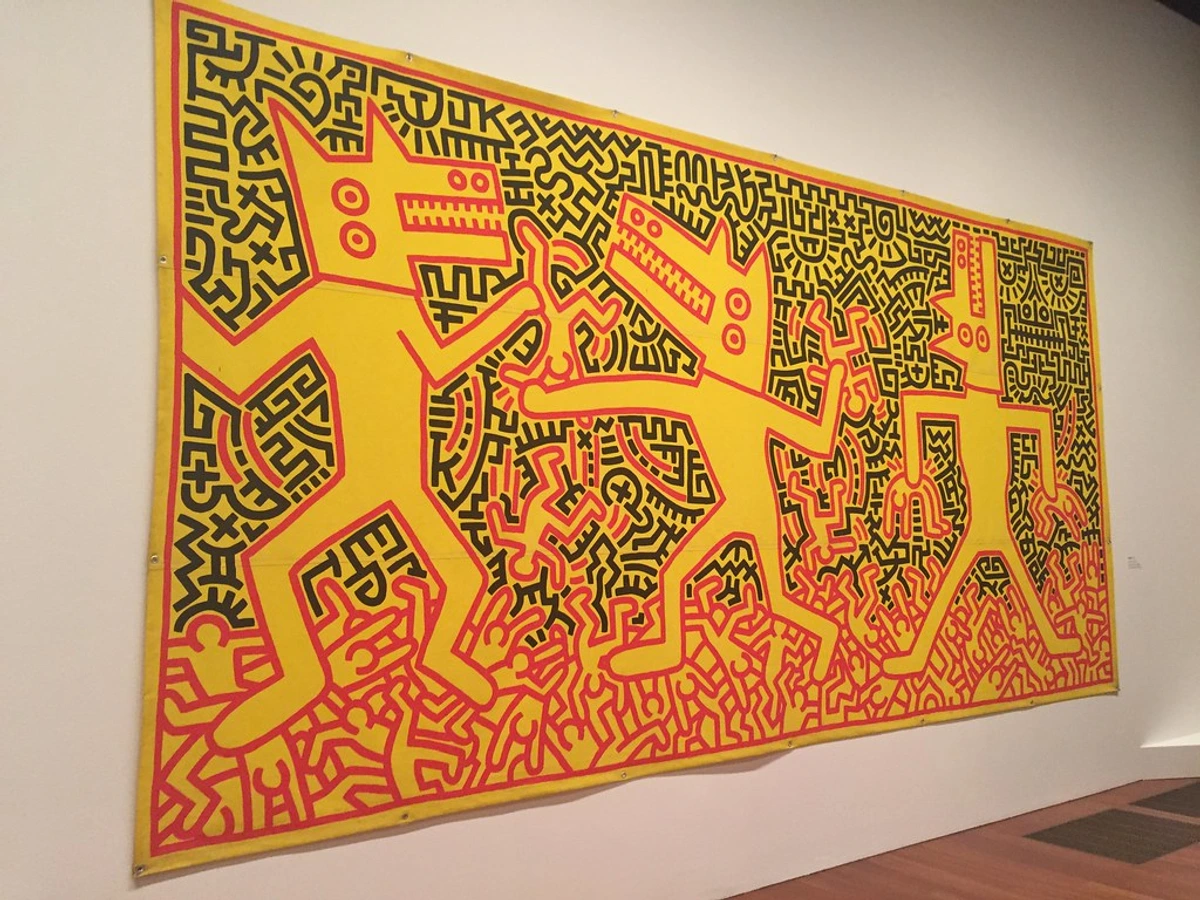 credit, licence
credit, licence
A Return to the Human: New Figuration and Emotional Depths
While abstraction continues to evolve and digital art captures our fascination, there's also been a powerful resurgence of figurative art. But this isn't your grandmother's portraiture. New Figuration in the 21st century often carries a deeper psychological weight, exploring identity, memory, and the complexities of the human condition in a rapidly changing world.
Narrative and Identity: Art as Storytelling
Artists like Adrian Ghenie with his visceral, often disturbing portraits, or Peter Doig with his dreamlike, almost melancholic landscapes often populated by solitary figures, exemplify this trend. They're telling stories, not just depicting scenes. They tap into our collective subconscious, wrestling with history, trauma, and personal narratives. There's a raw honesty there that I find incredibly compelling, a stark contrast to the slick, often detached aesthetic of much digital work. It reminds me that no matter how advanced technology gets, the human experience, with all its messy emotions, remains a timeless subject.
Conceptualism's New Clothes: Appropriation and Provocation
Conceptual art, in its purest form, often prioritizes the idea over the aesthetic object. In the 21st century, this idea continues to morph, often intertwining with digital practices and a keen eye on consumer culture.
Reimagining the Readymade: The Art of the Repackaged
Think of artists like Richard Prince, who has controversially re-photographed other people's Instagram posts, or Jeff Koons (though he predates the 21st century, his influence carries over), who elevates everyday objects into monumental, highly polished sculptures. This Appropriation Art challenges traditional notions of originality, authorship, and value. It asks us to question what art is, who gets to make it, and what constitutes a creative act. It’s provocative, sometimes infuriating, but undeniably forces us to think. And isn’t that what good art should do, at least some of the time?
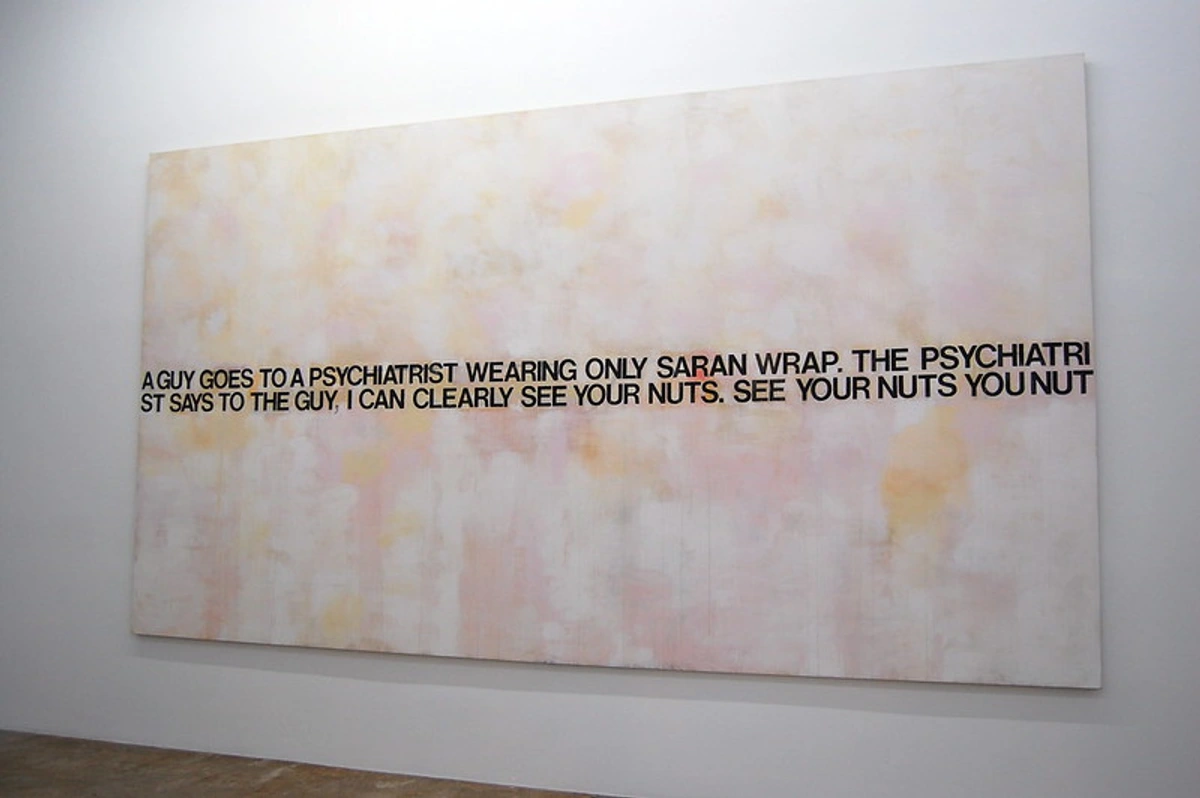 credit, licence
credit, licence
 credit, licence
credit, licence
Where Do We Go From Here? The Future is Unwritten
The fascinating thing about 21st-century art is its incredible fluidity. Movements aren't neatly contained boxes anymore; they overlap, blend, and mutate at lightning speed. We're seeing more socially engaged art, where artists actively work with communities to address real-world issues. There's also a growing focus on sustainability and environmental art, reflecting our collective anxieties about the planet. And the push for diversity and inclusion in the art world is finally gaining the momentum it deserves, giving voice to perspectives that have historically been marginalized.
It’s a truly exciting, if sometimes dizzying, time to be an artist and an art lover. The old rules are breaking down, and new possibilities are emerging every single day. If you're looking to explore more contemporary art, maybe start by checking out your local galleries, or even better, come visit my work at the Den Bosch Museum! Or perhaps you’d like to buy some of my work.
FAQs about 21st Century Art Movements
It's natural to have questions when things are moving so fast. Here are a few I often hear:
Q: What is the main characteristic of 21st-century art? A: If I had to pick just one, I'd say hybridity. 21st-century art thrives on blending media, concepts, and technologies. It's less about strict adherence to a single style and more about fluidly incorporating elements from digital culture, social commentary, and diverse aesthetic traditions. It truly reflects our interconnected, multidisciplinary world.
Q: How does 21st-century art differ from 20th-century art? A: Oh, that's a big one! While 20th-century art often saw distinct movements with clear manifestos (think Cubism or Surrealism), the 21st century is characterized by a less rigid approach. There's a greater emphasis on digital media, global perspectives, social engagement, and an ongoing critique of institutional structures. Plus, the speed of dissemination is light-years faster thanks to the internet. We're also seeing a deeper, more direct engagement with contemporary social and political issues.
Q: Are NFTs still relevant in 21st-century art? A: Absolutely, though the hype cycle has definitely calmed down, which is probably a good thing. NFTs have solidified a pathway for digital artists to establish ownership and value, fundamentally changing how digital art is collected and monetized. While the speculative frenzy might be over, the underlying technology and its implications for digital art continue to be highly relevant and are still evolving. It's a tool, and like any tool, its impact depends on how artists choose to wield it.
Q: What role does technology play in contemporary art? A: An enormous role! Technology isn't just a tool; it's often the medium, the subject, and even the co-creator of 21st-century art. From AI and VR to generative algorithms and blockchain, technology provides new ways to create, experience, distribute, and understand art. It allows for immersive experiences, interactive installations, and entirely new forms of artistic expression that were unimaginable just a few decades ago. It's pushing the boundaries of what's possible, and honestly, it’s thrilling to watch.
Q: What is the future of 21st-century art? A: That's the million-dollar question, isn't it? If I had to guess, I'd say we'll see even more integration of immersive technologies like augmented and virtual reality, a deeper exploration of AI's creative potential, and a continued focus on art as a vehicle for social and environmental change. The global nature of the art world will only intensify, bringing even more diverse voices to the forefront. And hopefully, we'll continue to find ways to connect with art on a deeply human level, no matter how technologically advanced it becomes. Perhaps by visiting a timeline of art history, we can learn from the past to better understand the future.
My Final Thoughts on the Ever-Shifting Canvas
Looking at all these movements, from the digital to the deeply personal, makes me realize something profound: art, at its core, is always a reflection of its time. The 21st century is messy, fast, interconnected, and often a little overwhelming—and so is its art. But within that beautiful chaos, there’s an incredible energy, a relentless drive to innovate, to question, and to express. It reminds me why I do what I do every day in my studio. There's always something new to explore, a different way to see the world, and a fresh palette of ideas just waiting to be mixed. It’s an exciting journey, and I’m glad we got to explore a piece of it together. Keep those eyes open, because the next big thing could be just around the corner, or perhaps already in front of you, disguised as something utterly mundane. That's the magic, isn't it?





